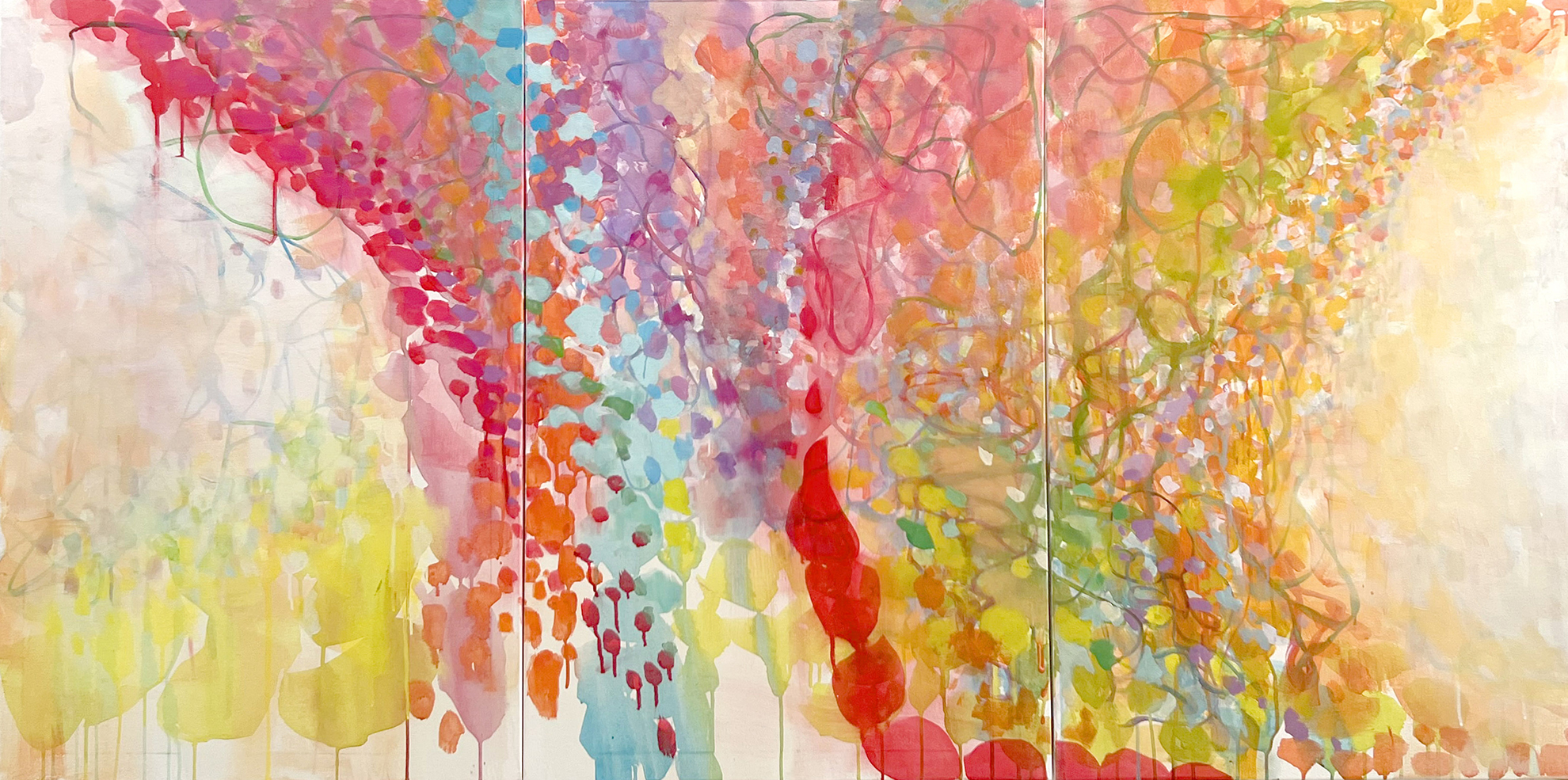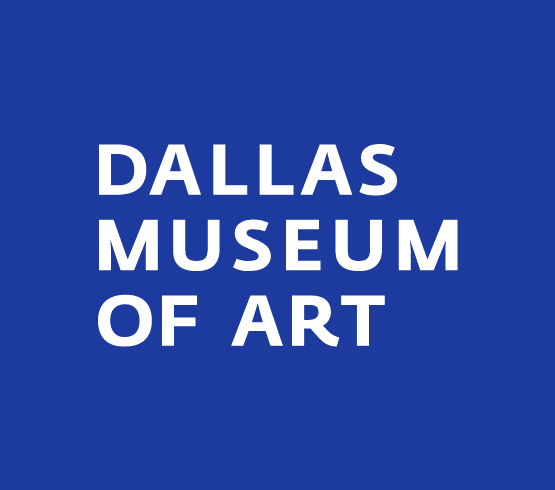“You find yourself alone in an empty room,” the artist begins. This particular room fills with a beautiful light that reminds you of summer afternoons. As you move through the space, it compresses and expands, your partner in a dance. Your movements are graceful, your form melodious. As you begin to hum, you exhibit color that intermingles with the color of the room.
Artists compare their practices to many things: storytelling, music, meditation, dance, poetry, and more. They speak of the rhythm of gestures, the harmony in the color, focused repetition, or layered narratives. It speaks to the deeply personal nature of creation – the multi-sensory experience of the viewer.
For Robert Jessup, the process is just as multifaceted as anyone. There are foundations and principles, but there is also an allowance for the work to exist outside of his sense of self.
When Jessup writes or speaks on his practice, he intones a certain sense of poetry that encapsulates his process. A consistent presence in these descriptions is a removal of the self, a swiping aside of the individual ego that allows the work to develop its own identity.
“I’ve always thought that painting as a form was vital,” he stated. “In recent years, the act of painting has become more mysterious to me than ever, more confounding than ever.”
While Jessup’s early work is more figurative, it carries with it a certain sense of improvisation that is more evident in his move to abstraction. The artist never attempted to force an identity on the work, instead letting lines become form and form become character.
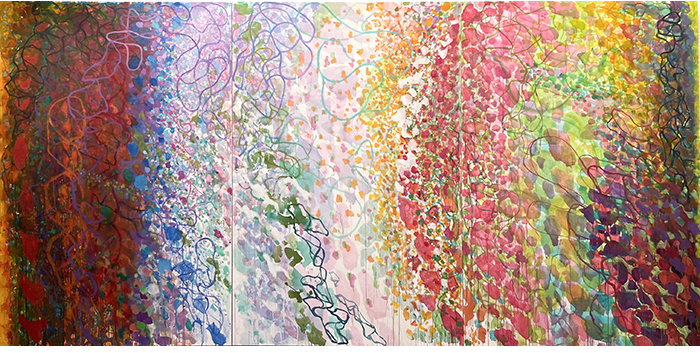
1 ⁄7
Robert Jessup, Robinwood #1, 2024, acrylic on canvas, 90 in by 180 in. Image courtesy of the artist and Conduit Gallery.
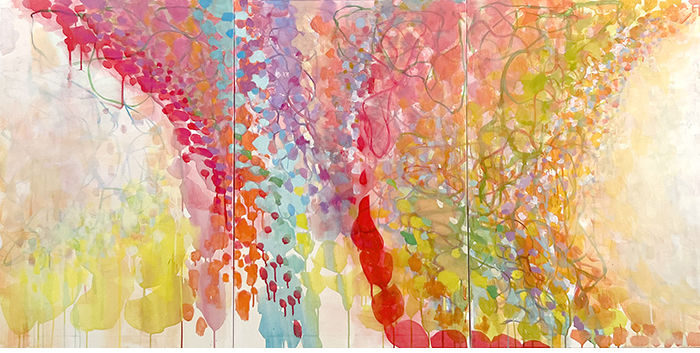
2 ⁄7
Robert Jessup, Robinwood #5, 2024, acrylic on canvas, 36 by 72 in. Image courtesy of the artist and Conduit Gallery.
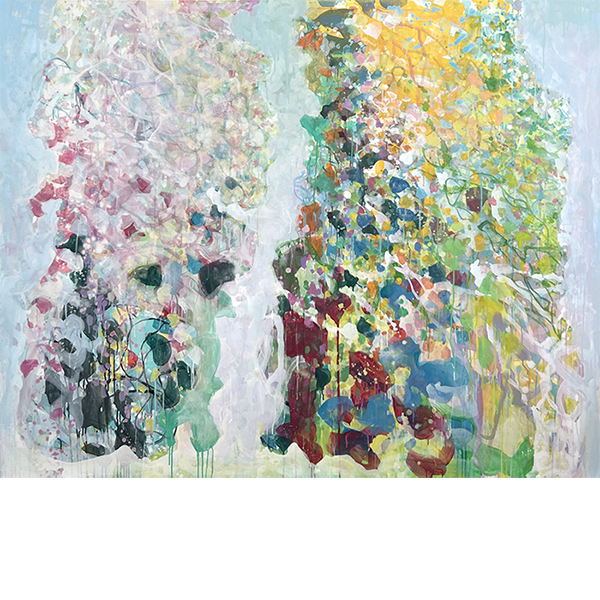
3⁄ 7
Robert Jessup, Robinwood #12 (George and Emma), 2024, acrylic on canvas, 64 by 80 in.Image courtesy of the artist and Conduit Gallery.

4 ⁄7
Robert Jessup, Robinwood #19, 2024, acrylic on canvas, 72 by 84 in. Image courtesy of the artist and Conduit Gallery.
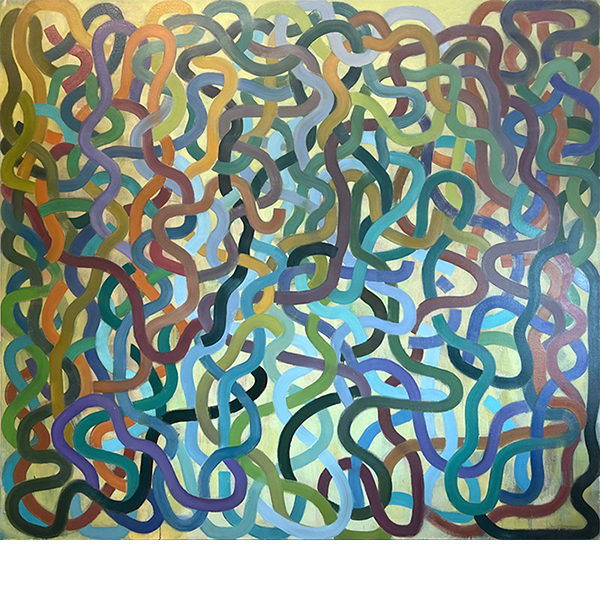
5 ⁄7
Robert Jessup, Whidbey #173, 2022, acrylic and oil, on canvas, 72 by 80 in; Image courtesy of the artist and Conduit Gallery.
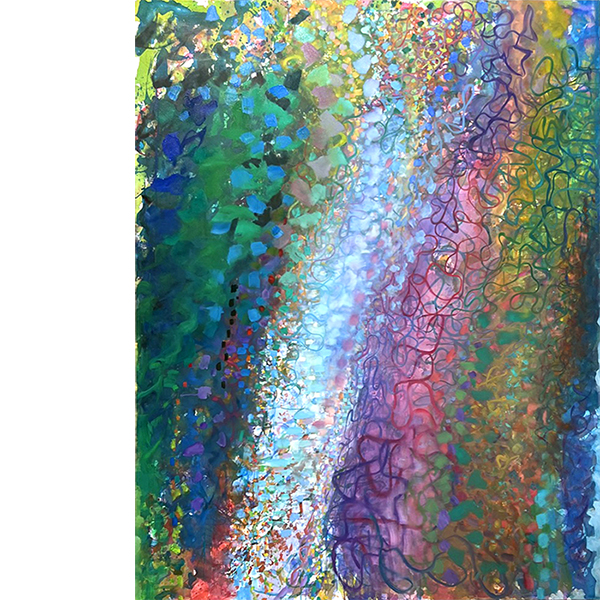
6 ⁄7
Robert Jessup, Whidbey #174, 2022, acrylic and oil on canvas, 90 by 70 in, private collection. Image courtesy of the artist and Conduit Gallery.

7 ⁄7
Robert Jessup, Whidbey #177, 2022, acrylic and oil on canvas, 80 by 70 in, private collection; Image courtesy of the artist and Conduit Gallery.
As he speaks and writes on his practice, it is clear that the principles of painting remain a steady foundation from which he builds. Whether an abstract scream of color or a surreal rabbit-man, his paintings always begin with a line: a line as his action, as a direct way of enacting his bodily presence in time and space as he works on a painting.
He allows the lines to dance on the page. Improvisational line-making has been at the core of his practice since the beginning, but since the move to abstraction, they have taken on a life of their own, finding less identity in figures on a canvas and more in the holistic, harmonic presence that they create, the entity they become. Once they occupy the space they need, he adds color.
“As time goes on, I think about color,” he said. “Color is a yearning, the way they act. If the line is action, color is a yearning for meaningful dialogue.”
Since Jessup’s return to Texas, he has also pared down the materials, finding himself exclusively painting with acrylic after years of finishing his pieces with oil paint.
An artist’s practice is a continued evolution. You grow and change, finding new ways to work, experimenting with new materials, or letting them speak to you. For Jessup, it’s been the latter. At a point, the exclusion of oil paints was a necessity, something he fully intended to return to. Then, when the necessity dropped, there was nothing it could add to the work and he was no longer thinking in terms of a practice in which oil paints fit.
“Painting for me has become a chase of desire,” he explained. The nature of the acrylic is such that it defies the intent of the artist, settling into itself. “It’s a funny thing as an artist because you find something you like and want to do it again, but you can’t.”
“All the drama of figurative work remains because you have so much variety in activity,” he continued. “Every mark has its own quality. Every activity speaks on its own and creates a dialogue.”
Jessup now creates work that he hopes envelopes the viewer, providing a more immersive experience, a sense of light, of glow, and “maybe a little bit of transcendence, which may be asking for a lot, but that’s something I hope they would head towards. That’s another desire I’m chasing in the painting.”
—MICHAEL McFADDEN

